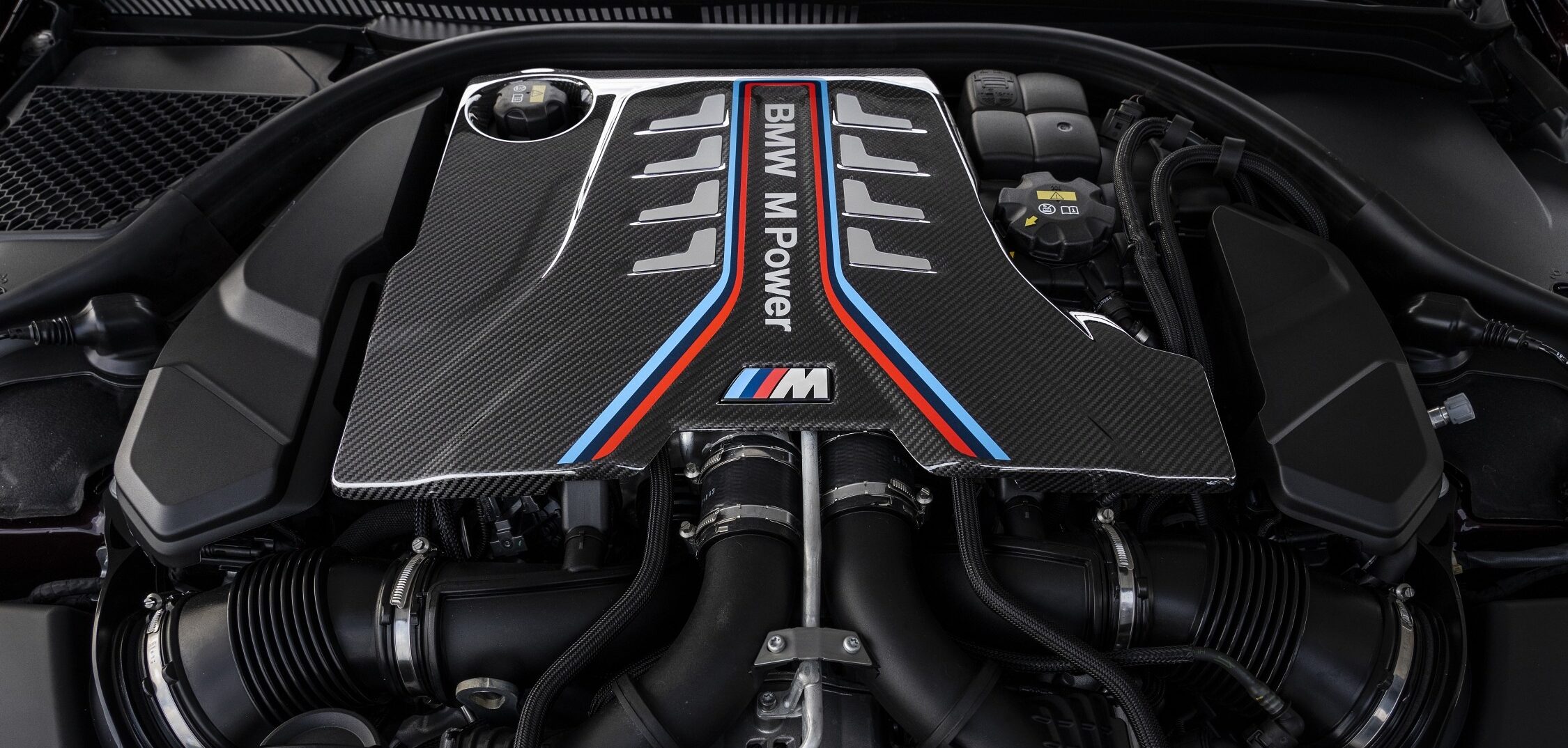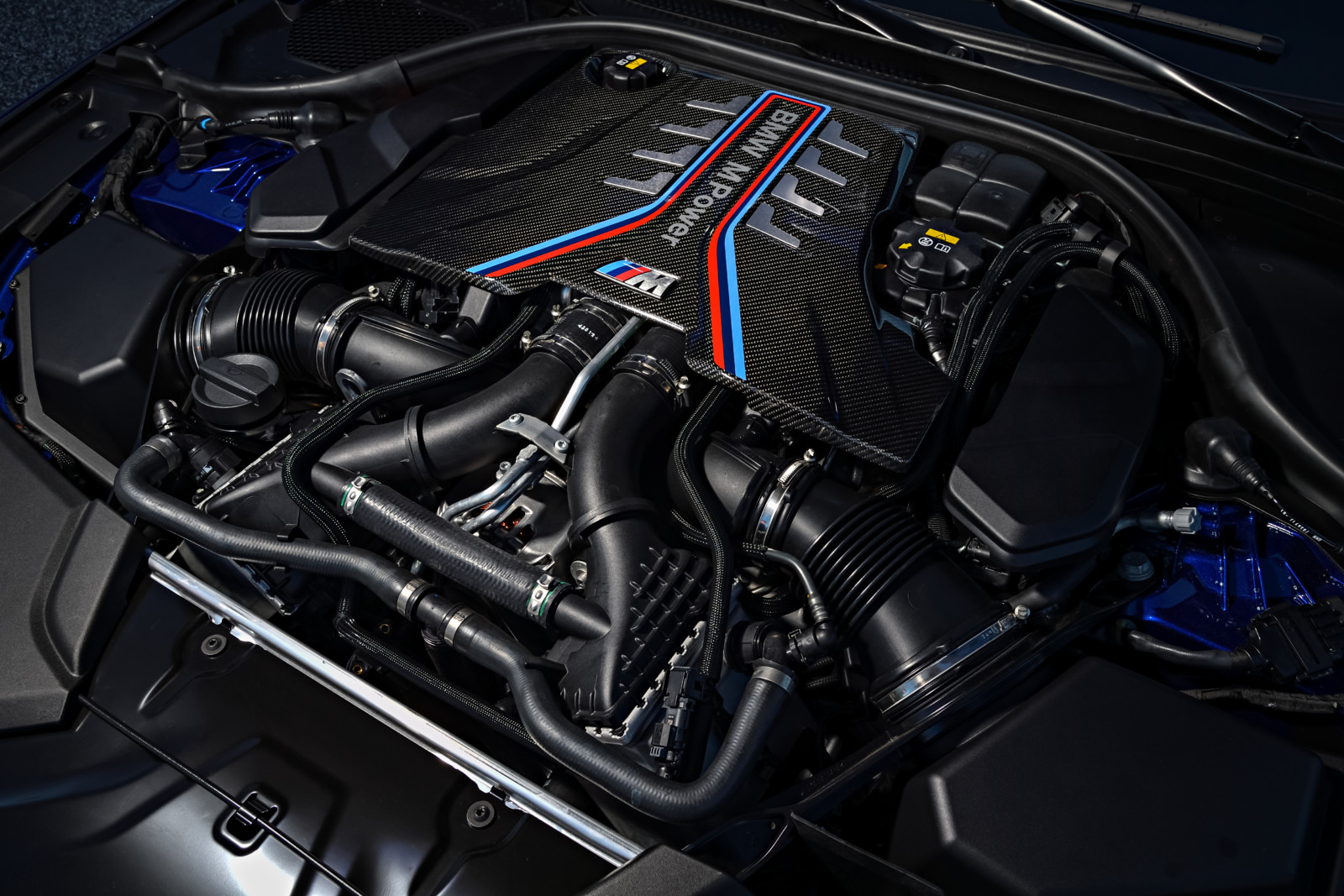Exploring the Advancement of Burning Engines in Modern Transport Solutions
As we navigate the landscape of contemporary transportation, the advancement of burning engines stands as a testament to human resourcefulness and design prowess. The interplay of background, technology, and environmental worries in forming the trajectory of combustion engines produces a story that is both compelling and insightful.
Very Early Beginnings of Combustion Engines
Just how did the idea of burning engines first arise in the early stages of transportation development? The origins of burning engines can be mapped back to the 17th century when the principles of inner burning were very first discovered. In 1673, Christian Huygens conceptualized a standard internal combustion engine that used gunpowder to produce power. It had not been until the late 19th century that sensible applications of combustion engines in transport began to emerge.
The breakthrough minute featured the creation of the first effective gasoline-powered engine by Karl Benz in 1885 - bmw engine. This engine led the way for the development of the contemporary vehicle, revolutionizing transport systems worldwide. Subsequent advancements by Nikolaus Otto and Gottlieb Daimler further refined burning engine innovation, resulting in the mass manufacturing of autos and the rapid growth of the transportation market
These early combustion engines were characterized by their simplicity and efficiency, laying the foundation for the complicated and effective engines made use of in contemporary transport systems. The advancement of burning engines has actually been instrumental fit the way we take a trip and carry products, noting a substantial turning point in the history of transportation growth.
Transition to Internal Combustion Innovation
The shift to internal combustion innovation noted a crucial shift in the development of transportation systems. This shift started in the late 19th century, with innovators like Nikolaus Otto and Gottlieb Daimler establishing the initial effective internal burning engines. These engines transformed transportation by supplying a much more effective and effective alternative to vapor engines and electrical motors.
Among the vital benefits of interior burning engines was their capacity to be reduced to suit automobiles, bring about the advancement of cars and bikes. This shift from large, stationary engines to compact, mobile ones led the way for the modern transportation systems we see today.
The change to internal combustion innovation additionally stimulated developments in gas modern technology, leading to the development of gas and diesel as primary gas sources for vehicles. This change not just made transport a lot more easily accessible to the masses however also laid the structure for the oil and gas market to end up being integral to worldwide economic situations.
Influence of Combustion Engines on Transportation
The adoption of burning engines in transportation systems catalyzed an extensive shift in the performance and rate of international mobility. Combustion engines reinvented transportation by providing a flexible and reputable source of power for different vehicles, including autos, vehicles, aircrafts, and ships. This advancement substantially boosted the ability for goods and people to move over lengthy ranges in shorter time frameworks, causing boosted connection in between areas and countries.
Moreover, the prevalent use burning engines has actually had a substantial influence on economic advancement. The capacity to move items efficiently has spurred profession and commerce, allowing companies to expand their markets and reach consumers worldwide. This has actually promoted economic development and globalization, as products can now be delivered much faster and in bigger quantities than ever previously.
However, the environmental influence of burning engines can not be overlooked. The burning of nonrenewable fuel sources has actually caused air pollution and greenhouse gas emissions, adding to climate adjustment and posing wellness dangers to populations. bmw engine. Because of this, there is an expanding focus on developing alternate propulsion technologies to alleviate these unfavorable impacts and create an extra lasting future for transportation
Developments in Combustion Engine Style
One significant innovation is the development of turbocharged engines, which utilize exhaust gases to drive a wind turbine that compresses incoming air, permitting for more fuel to be charred, resulting in enhanced power outcome without a significant boost in engine size. Variable shutoff timing systems have actually also revolutionized engine style by maximizing air flow at various engine speeds, improving both power and effectiveness. These advancements jointly contribute to the continual renovation of combustion engines in modern transportation systems.
Future Patterns in Combustion Engine Development
With modern technology advancements driving continual development, the future of combustion engine advancement is poised to transform transport systems globally. One of the essential trends in combustion engine development is the press in the direction of greater efficiency and reduced discharges. Producers are investing greatly in r & d to boost engine efficiency while meeting rigid environmental laws. This includes the assimilation of advanced gas injection systems, improved turbocharging approaches, and the use of light-weight materials to maximize gas intake and minimize carbon emissions.
Another prominent trend is the fostering of hybrid modern technologies in burning engines. Crossbreed engines incorporate conventional burning technology with electric power, using enhanced gas performance and lower emissions. As the automobile market changes in the direction of electrification, hybrid combustion engines are viewed as a transitional solution that connects the space between conventional automobiles and fully electric ones.
Additionally, the combination of smart technologies, such as expert system and data analytics, is anticipated to play a significant function in the future of combustion description engine growth. These modern technologies can enhance engine performance in real-time, resulting in much more efficient combustion procedures and improved total vehicle performance. Welcoming these future trends will certainly not just drive innovation in burning engine growth yet also add to a much more ecologically friendly and lasting transportation ecological community.

Verdict
In conclusion, the development of burning engines in contemporary transportation systems has been noted by considerable developments in technology and design. From the very early beginnings of burning engines to the change to internal burning modern technology, these engines have had an extensive impact on transport.
The roots of combustion engines can be mapped back to additional hints the 17th century when the principles of interior combustion were initial explored. These engines reinvented transportation by using an extra reliable and powerful choice to steam engines and electrical motors.
